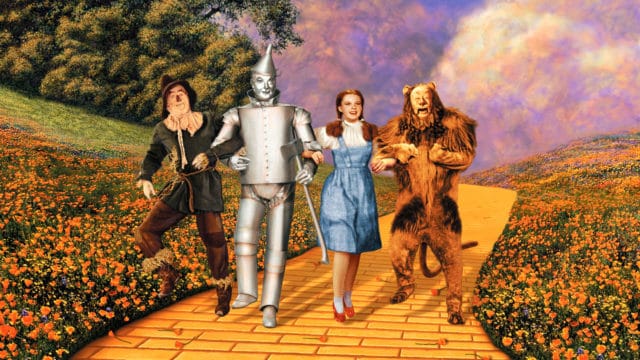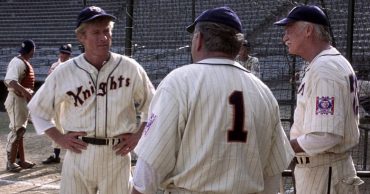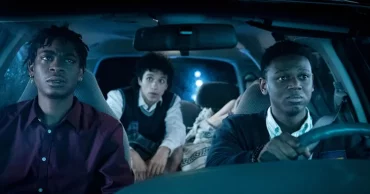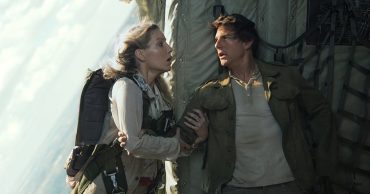
Technicolor brought a lot of change to movies, and The Wizard of Oz is one of those that helped it make its way along. Unfortunately as most people don’t know, the Wizard of Oz wasn’t the first film to be introduce technicolor in the mainstream. The process of using technicolor was increasingly difficult back in the day. A technicolor camera would use a prism to shoot a picture, splitting the light into different colored negatives that would then be flipped into positive matrices before different-colored dyes were used to enhance the images. It gets even more complicated than that when it comes to the in-depth explanation, but we’ll keep moving forward instead of causing mass confusion.
The film strip processes are confusing enough, but they’re only part of the story. There were three strips of film running at all times for the technicolor process, and the camera that was used was massive. This camera weighed hundreds of pounds and would often heat up to about 100 degrees Fahrenheit. It also required a lot of light to properly capture the scene and a hood that was used to block out any ambient sounds. Despite the fact that technicolor was so difficult to add in it offered a much more vibrant picture and helped to tell a story in a much more efficient manner.
Eventually technicolor started falling by the wayside in the 1950’s to different types of color that used only one strip. But there are still films that exist that were made using technicolor. The one key thing to remember about technicolor is that it wasn’t just a gimmick or something that was used to make films look better, it was a world unto itself that took films and created something unique that hadn’t been seen at that point. While The Wizard of Oz wasn’t the first film to be done in technicolor it was one of the most noted and influential films of its time to be shown in color.
It’s fair to say that a lot of us don’t remember a lot of movies or TV that didn’t have color of some sort. Those that do are well into their golden years at this point and likely recall what it was like to make the switch from black and white to color. They remember just what it was like to have to watch a washed-out picture that featured only white, black, and gray in differing shades. I can remember reruns of TV shows and movies in black and white that were featured during the daytime hours or late at night largely because those shows and movies that were on during prime time were in color and were more desired than the older programs.
Technicolor certainly changed the landscape of TV programming and movies since it left little to the imagination any longer concerning what people were watching and how it was supposed to appear. In a lot of ways it’s great since without technicolor we might not have had all the advancements to TV programming that we have now.
 Follow Us
Follow Us





